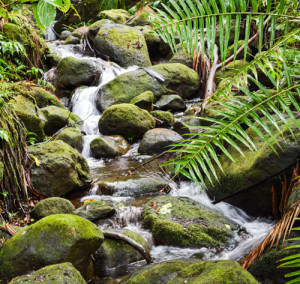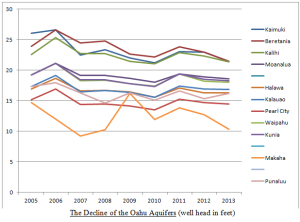(Editor Note: Much of Waikiki Beach reopened for business on 26 August after water quality tests proved negative. A few areas off the beaches remain closed on southern Oahu)
By Darin Moriki, Pacific Business News, 26 August 2015
Hawaii may be best known for its balmy weather, warm Pacific Ocean waters and relatively clean beaches, but the stormy weather this week, a sewage spill near Ala Moana Center that closed Waikiki Beach showed visitors a different side of the Aloha State.
“We got a call the minute it happened down by the (Hawaii) Convention Center, so we were very fortunate to have that kind of communication,” Hawaii Tourism Authority President and CEO George Szigeti told reporters during a news conference on Wednesday in the city’s Department of Emergency Management. “The health, safety and welfare of our visitors and locals alike is No. 1, so we immediately informed all of our hotels and they took appropriate safety mechanisms in place to ensure that all visitors were adhering to the (warning) signs.”
See the rest of the article here


